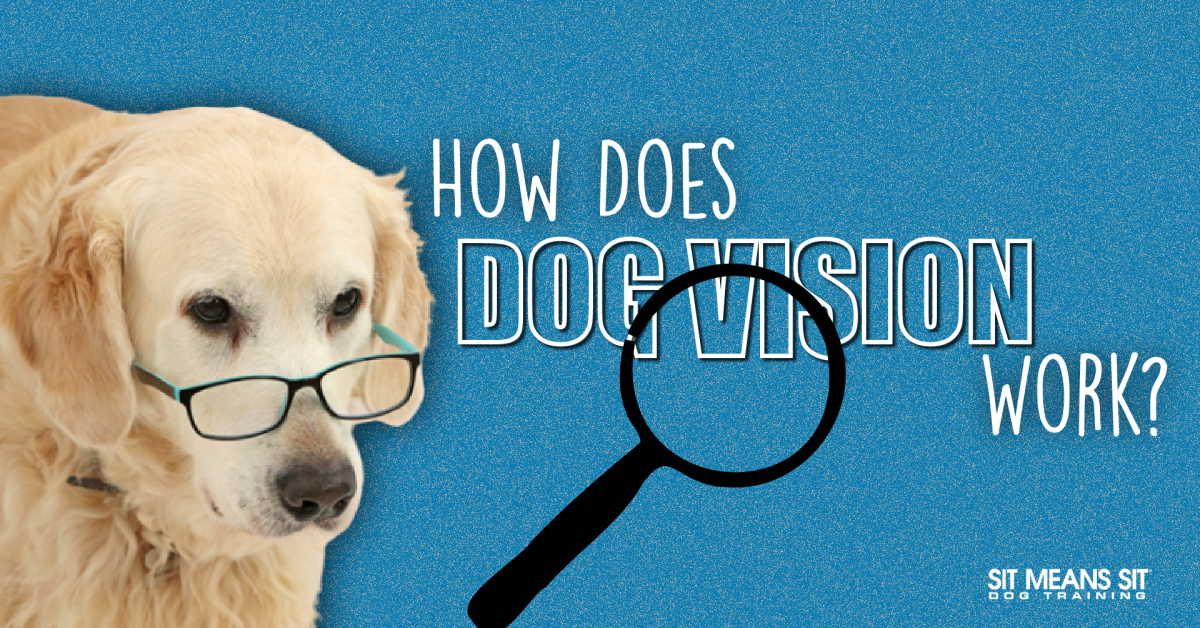
How Dog Vision Works
You’ve probably heard lots of different rumors about how your pal views the world. They only see in black and white, they can’t see depth and many others. Read below to learn the truth about dog vision!
Colors
Dogs see fewer colors than we do. For example, they can distinguish blue from yellow. However, they can’t tell red from green. Dogs have a red-green color blindness called deuteranopia. This condition occurs in some humans too. So, instead of seeing the full color wheel, dogs only see in shades of blue and yellow.
Clarity
Dog vision is also less sharp than human vision. Research has shown that many dogs are nearsighted. This means that they have more trouble viewing things that are far away. In well-lit conditions, dogs have roughly 20/50 vision. This means that while a human can stand 50 feet from an object, a dog must be 20 feet from the object to see it as clearly.
Night Vision
Dogs have more light-detecting rods than we do. Additionally, they have a layer of the eye that bounces light back toward their retinas. This allows more light to reach the rods. This is the layer that causes your pal’s eyes to have a greenish glow when light hits their eyes at night. Your furry friend has better night vision than you.
Motion
Dogs also have better motion detection than people do. The critical flicker fusion rate is the cause of this motion detection. the flicker fusion rate is much higher in dogs than in people. So, if a light were flickering at 60 times per second, a human would see the light shining steadily. But, that same light would have to flicker at 75 times per second to appear steady to a dog. This ability to detect motion better allows for your pal to detect moving objects, such as prey, more quickly.
So, while your pal sees fewer colors and less clearly than you, they are much better at seeing in the dark and detecting moving objects. The more you know about your pal, the more you can appreciate it!
